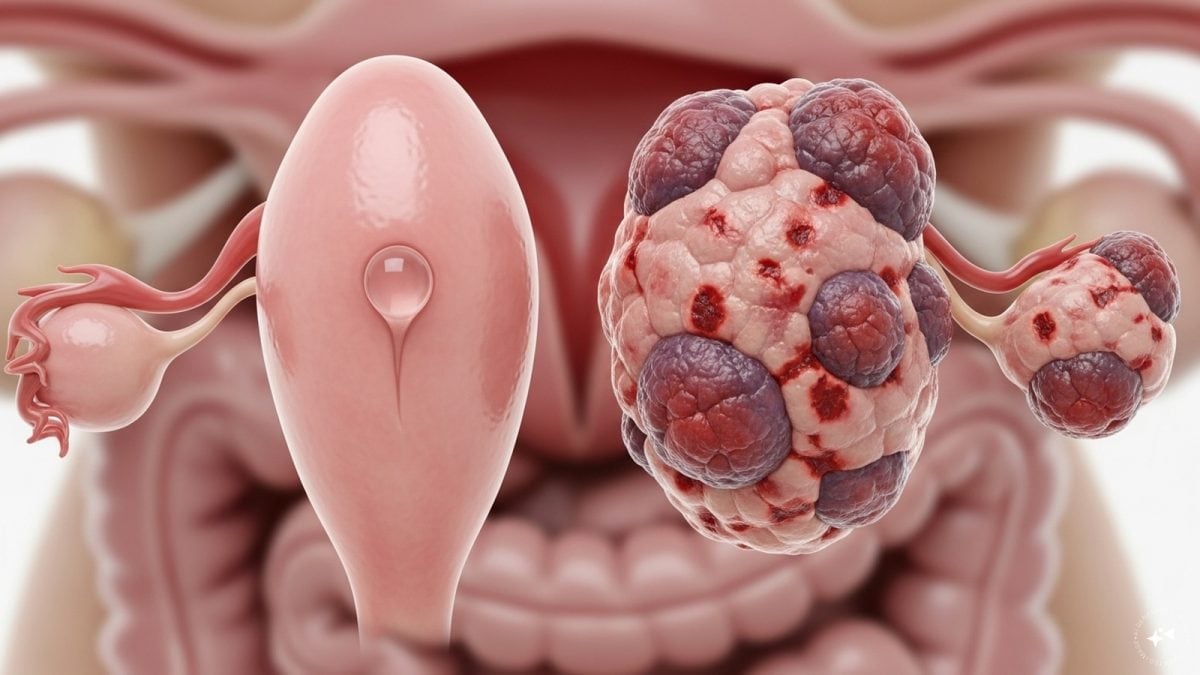On 2 October 2019, Rajasthan became the third state in the country — after Maharashtra and Bihar — to ban pan masala and flavoured betel nut containing magnesium carbonate, nicotine, tobacco or mineral oil. Data from the World Health Organization’s Global Adult Tobacco Survey show that 28.6% of adults, or 266.8 million Indians aged 15 and above, use tobacco in some form. Of these, 199.4 million use smokeless tobacco compared with 99.5 million who smoke. [caption id=“attachment_7453171” align=“alignleft” width=“380”]
 Representational image.
Image source: Getty Images.[/caption] Chewing tobacco, tobacco that is placed between the gum and the lip, and snuff are all types of smokeless tobacco. Smokeless tobacco has been linked with diseases like oral cancer, leukoplakia (white spots in the mouth) and oral sub-mucous fibrosis (OSMF). Of these, OSMF is both common and extremely painful. Here’s a quick look at the disease in which patients often can’t open their mouths wide enough to eat.
What is OSMF?
A precancerous condition, OSMF is characterized by the formation of fibrotic bands (tight bands of fibres) in the oral and para oral tissues (inside the mouth), which increasingly limit how much the patient can open his or her mouth. OSMF was first reported in India in 1953 and continues to affect a large section of tobacco users today. The cause: It is mainly associated with the practice of chewing betel quid and areca nut (supari).
Why does it affect the oral cavity?
According to research published in the Journal of Indian Academy of Oral Medicine and Radiology, arecoline, a component of areca nut, can induce fibroblasts (fibre-forming cells) and collagen synthesis. The resulting fibre and collagen penetrate the oral mucosa (mucous membrane lining the inside of the mouth) to cause progressive crosslinking of collagen fibres. Simply put, the inner lining of the mouth becomes stiff as fibre gets deposited in it. In people who chew tobacco a lot, the betel juice or quid mixture remains in constant contact with their oral tissues - resulting in continuous irritation. To be sure, OSMF can also occur in people who don’t use tobacco, betel nut or areca nut - if they are predisposed to the condition or have a family history of it.
What are the signs and symptoms of OSMF?
- Inability to open mouth (also known as trismus), which gets progressively worse.
- Mouth ulcers and pain.
- Xerostomia (dryness of the oral cavity).
- Impaired mouth movements due to stiffness.
- Blanching of mucosa (especially in the buccal mucosa, inside the cheek).
What are the stages of OSMF?
In 1989, a group of scientists led by J.J. Pindborg identified the three stages of OSMF, to make diagnosis easier.
- Stage 1 includes stomatitis (redness of mouth and lips), with the presence of red patches inside the oral cavity.
- Stage 2 is marked by fibrosis (excess fibre formation) and ulceration on the surface of the oral cavity > Stage 2 a: blanching (whitening) is seen on the surface of the oral mucosa. > Stage 2 b: formation of vertical stiff bands, extending from the back of the mouth till the corner of the mouth.
- Stage 3 is marked by the presence of leukoplakia (white patches), along with the spread of infection in the eustachian tube (auditory tube, which links the nose to the middle ear) and tongue, leading to difficulty in speaking and listening.
In 2000, S.M. Haider et al. further divided OSMF based on its clinical appearance and how much the patient is still able to use their mouth (function). Clinically, the three stages of OSMF are:
- Stage 1: faucial bands (fibrous bands between the pharynx and back of the mouth).
- Stage 2: faucial bands and buccal bands (in the cheeks).
- Stage 3: faucial bands, buccal bands and labial bands (in the lips).
Functionally, the three stages of OSMF are:
- Stage 1: Mouth opening more than 20 mm.
- Stage 2: Mouth opening between 11-19 mm.
- Stage 3: Mouth opening less than 10 mm.
What are the treatment options?
It is important to discourage the use of smokeless tobacco, thorough education and advocacy about the potency of the disorder which can turn cancerous. Once OSMF starts, it may be reversed in the very early stages. OSMF is a progressive disease. As and when patients stop using smokeless tobacco, it ceases to advance further. Doctors have a few non-surgical treatment options to ease some of the symptoms, and manage the condition:
- Taking 2000μg of Lycopene capsule twice daily for three months helps to relieve stiffness in the mouth.
- Steroids with hyaluronidase (triamcinolone acetonide 10mg/ml + hyaluronidase 1500 IU) may also be prescribed for some patients.
- Tissue therapy with placental extracts (containing vitamins, steroids, enzymes and nucleotides) is also used to provide relief in OSMF.
- Intralesional injection of Interferon gamma (IFN-gamma) helps in breaking down of fibrotic bands.
- Injections of gold, vitamin A and collagenases (enzymes) help in decreasing the severity of the disorder.
- A chemotherapeutic agent like bleomycin is used to reduce the probability of OSMF turning into cancer.
- Microwave diathermy (passing current of 20 watts for 2,450 cycles) is useful in breaking up the fibrous bands.
Depending on the stage and severity of the disease, doctors may also recommend surgical options such as:
- Carbon-dioxide laser surgery: carbon dioxide laser is used to alleviate functional restriction.
- Cryosurgery: liquid nitrogen or argon gas spray helps to “thaw” the frozen tissue, which either gets absorbed by the body or forms a scab.
- Surgeons use the nasolabial flaps (from nose to the upper lip), or lingual pedicle flaps (in the tongue) to access and cut the fibres and increase mouth opening.
- Direct excision of fibrotic bands helps in increasing the mouth opening.
According to one estimate, up to 0.5% of Indians have this condition. If untreated, it can advance to such a stage that it’s hard to pass even a straw through the patient’s mouth. In this context, educating people about OSMF and preventing the use of pan masala and betel nut is a welcome move. Health articles in Firstpost are written by myUpchar.com, India’s first and biggest resource for verified medical information. At myUpchar, researchers and journalists work with doctors to bring you information on all things health. For more information, please read our article on The Health Effects of Chewing Tobacco_._


)

)
)
)
)
)
)
)
)



